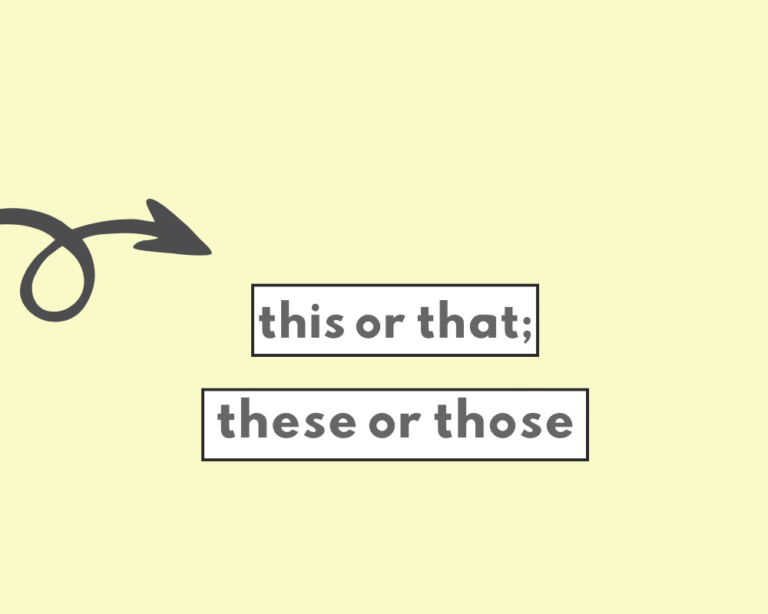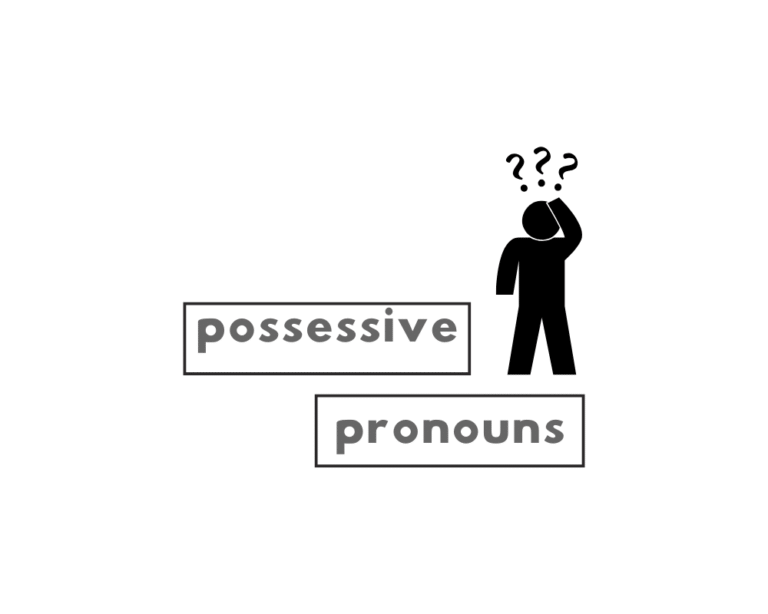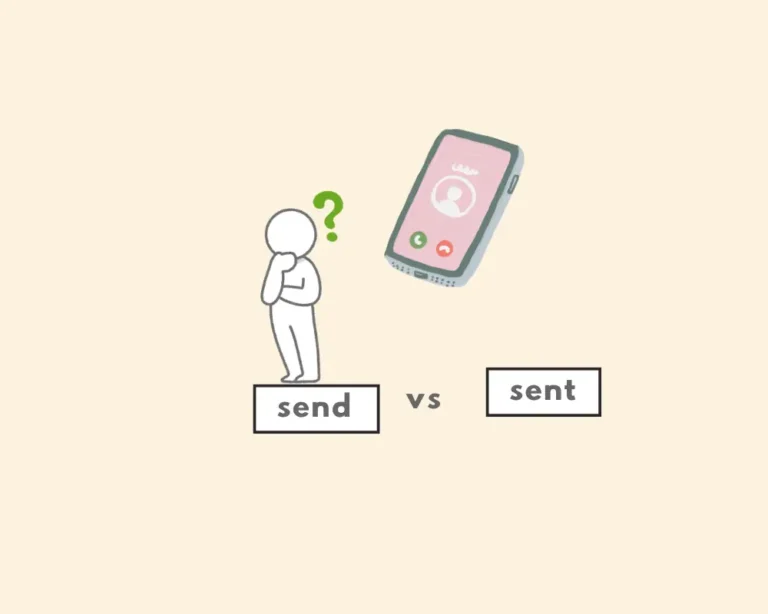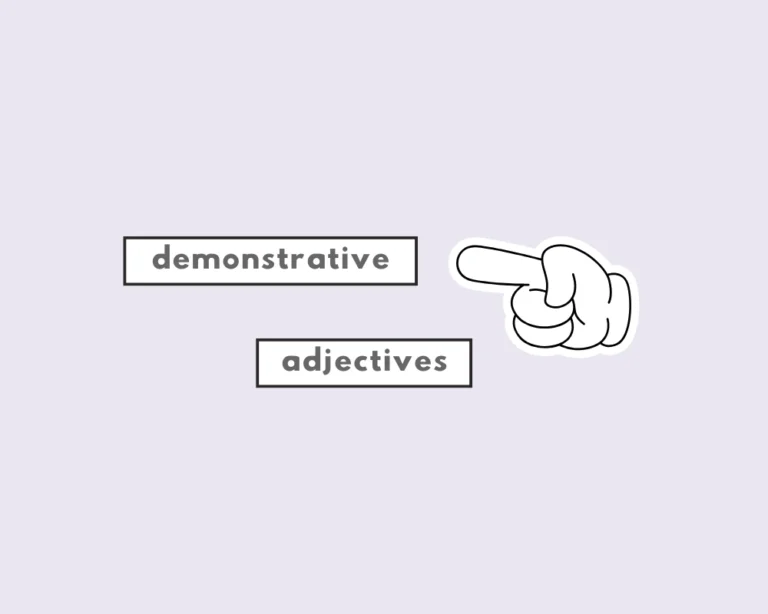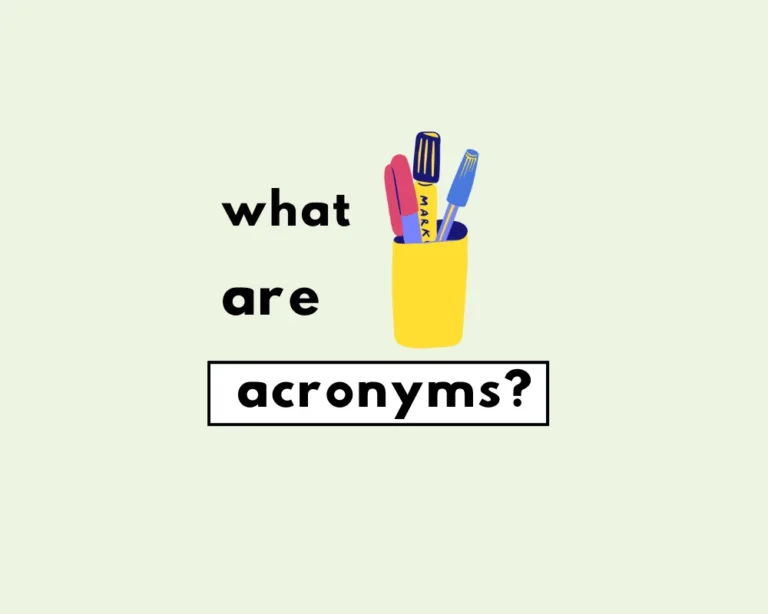What’s the present tense?
To communicate about something that’s happening in the moment, is ongoing, habitual/recurring, or just a general truth, we use the present tense.
The sun rises in the east.
They are watching a movie now.
My brother go to college.
We have took the train.
There are four main forms of the present:
| tense | examples: forms of the present tense |
|---|---|
| simple present | I study at school. |
| present continuous | I am studying at school. |
| present perfect | I have studied at school. |
| present perfect continuous | I have been studying at school. |
What are verb tenses?
English comprises the 8 main parts of speech, one of which are verbs. Verbs are action words that express when something happens: whether it’s in the present, past or future.
A verb’s tense specifies when actions happen, and at which point in time they did occur, or will occur.
Tenses and verb conjugations are the “form of a verb showing time of an action or state”. By ‘form of a verb’, this means spelling, and its proper syntax based on the verb’s appropriate tense.
For Simple Present Tense with he/she/it subjects, remember the “-s” ending pattern, like “He studies” or “She goes,” by associating the sound.
Uses of the simple present tense
- Use the simple present tense to describe actions which are happening now.
- To speak about general truths or facts (e.g., I love chocolate, or she’s a therapist).
- To describe something habitual or recurring (e.g., we play golf most weekends; I walk the dog in the mornings).
The simple present tense uses the simplest/base form of the verb (it’s the spelling that shows up in the dictionary when you look up the word: play, eat, sleep, etc.)
Uses of the present continuous tense
Broadly speaking, we use the present continuous (also known as the present progressive) to show actions as ongoing or in-progress, and to emphasize duration.
| Present Continuous Examples |
|---|
| The boys are playing in the park. |
| The baby is crying out loud. |
| It is raining outside. |
| I am cooking pasta for lunch. |
| Miss Singh is teaching the class. |
The present continuous is a form of the present tense that uses the present participle form of the verb ending –ing. Because the present participle is a participle form of a verb, it always pairs with auxiliary verbs in sentences, though they play the coordinate role.
In other words, we form the present continuous with an [auxiliary, form of ‘to be’] + [present participle]. “It’s raining” is in the present continuous tense (and describes what’s happening at the moment).
Compare these sentences:
| Sentence | Tense |
|---|---|
| I cook pasta for lunch. | present simple |
| I am cooking pasta for lunch. | present continuous |
The first sentence makes it sound like you have pasta for lunch every day. And that’s because the simple present tense perhaps doesn’t work in this context.
If what you want to communicate is occurring in the present and immediate moment: this is when we use the present continuous tense. The present continuous is occurring right now, and is continuing to occur as we speak. For example: you are reading an article on the present continuous tense, while existing in the present continuous tense.
What’s the present perfect tense?
The present perfect tense shows an action that began in the past, but continues or relates to the present time (though it may have been recently completed or finished).
| Present Perfect Examples |
|---|
| I‘ve lived in Toronto since 1984. |
| We have shopped in this market before. |
| He has read all kinds of books. |
| My mom has cooked food. |
| I have planted some plants in my garden. |
We create the present perfect by joining the present tense auxiliary, have/has, with the past participle form of the verb (eaten, written, hidden, and so on). The present perfect shows events that began in the past though still are relevant and exist at present. (e.g. ‘I have lived in Toronto since 1984′ is present (have), though having commenced in the past.)
What’s the present perfect continuous?
| Present Perfect Continuous Examples |
|---|
| I have been studying for three hours before I took a break. |
| She has been practicing the piano for weeks before the recital. |
| They have been waiting in line for two hours before the store opened. |
| He has been working on the project for months before it was canceled. |
| We have been hiking for hours before we reached the summit. |
The present perfect continuous is formed by combining have/has + been + present participle. The present perfect continuous shows an action as beginning at a point in the past, but continuing into the present.
FAQs
What is the present tense used for?
+
How many forms does present tense have?
+
When is the simple present tense used?
+
When is present continuous used?
+
What’s a common simple present mistake?
+
Yash, D. "What is the Present Tense? (Forms of the Present Tense)." Grammarflex, Jun 26, 2025, https://www.grammarflex.com/what-is-the-present-tense-forms-of-the-present-tense/.
Sources
-
Harper Douglas, “Etymology of tense,” Online Etymology Dictionary, accessed March 8, 2023, https://www.etymonline.com/word/tense.


